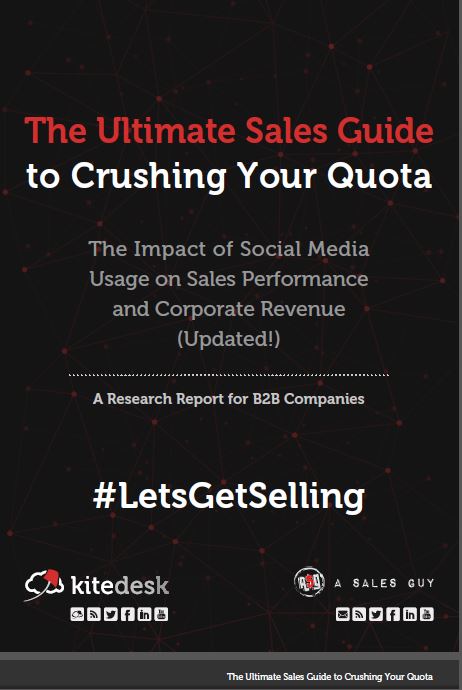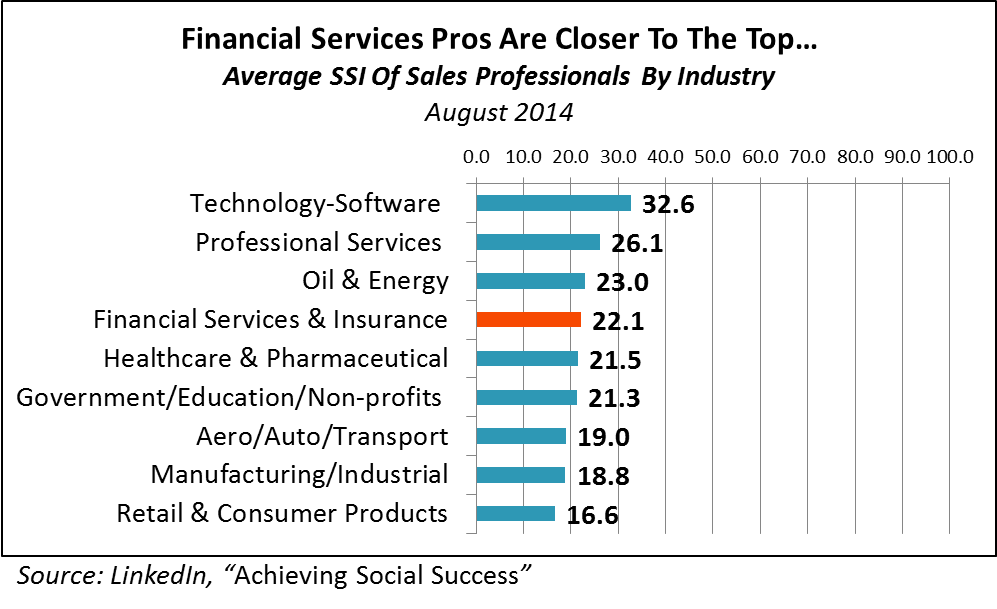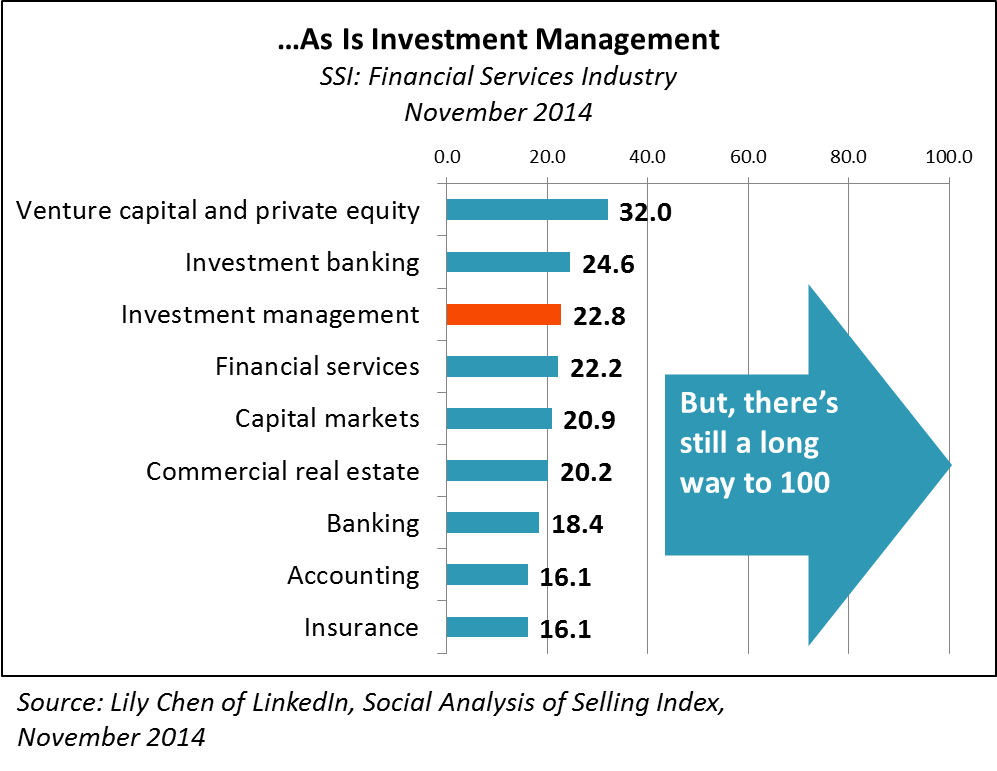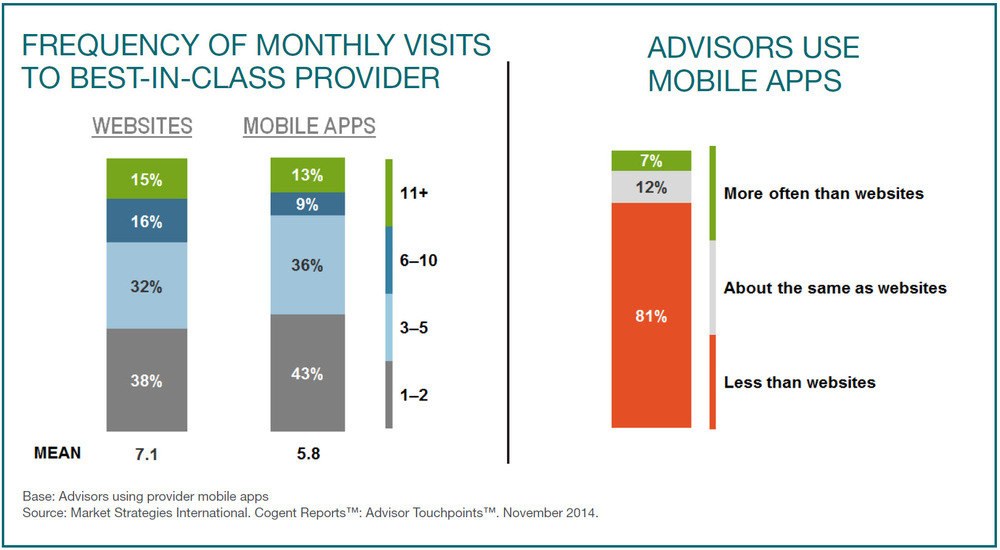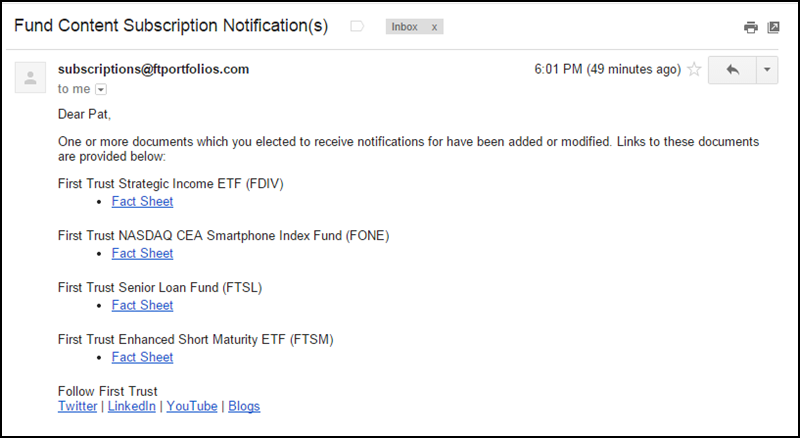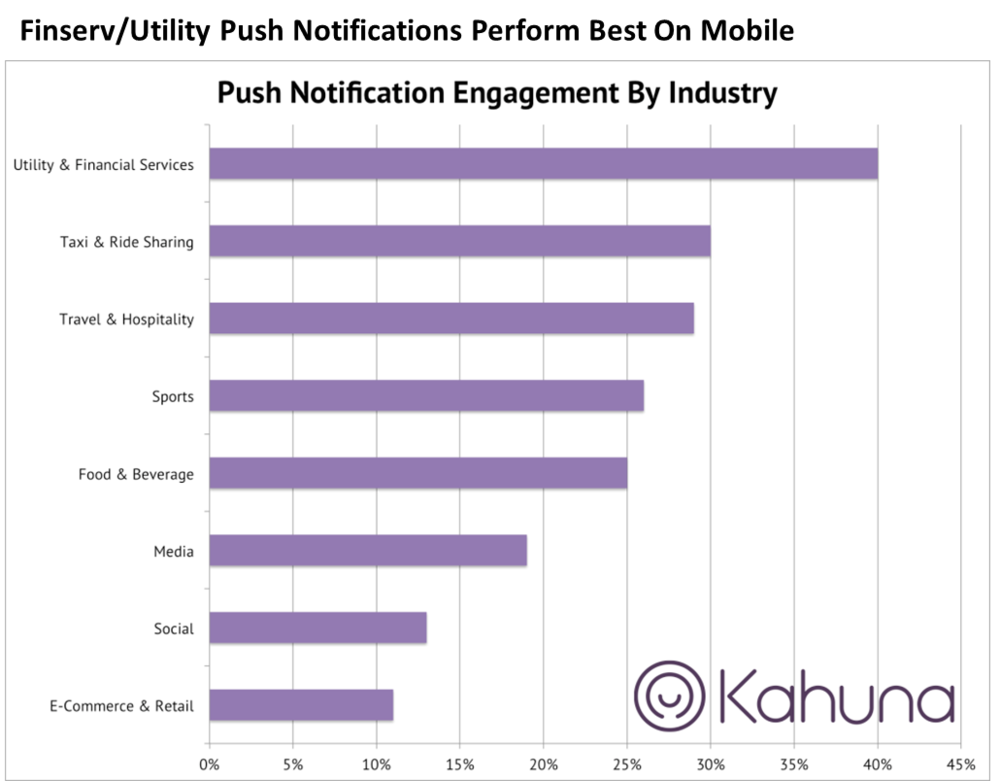6 Odd Examples Of Your Mutual Fund/ETF Dollars At Work
/ TweetI once worked for a good guy who needed to grow into his ability to hold staff meetings.
In the early days, it was rough going—a dozen people jammed into a small conference room as we listened to Horace (not his real name) review the contents of his (paper) InBox piece by piece as a means of updating us. His interpretation of company memos, his analysis of competitors' work, his far-reaching commentary…until the hour struck and the meeting was over, bringing sweet relief for all.
Today’s post is not that, I hope. Maybe you’ll find something worthwhile in this random walk-through of what I’ve been clipping lately for my mutual fund/exchange-traded fund (ETF) marketing scrapbook.
Not In My House You Don’t
I have mixed feelings about tweets like this brief video of a BlackRock office (in the UK?) before a meeting was about to start. The behind-the-scenes look of it is what gives it appeal—I agree and I get it. But my stronger reaction is horror.
I’m making an assumption here, it’s possible that this was a completely sanctioned video. Allowing for that to be the case, let’s use it just as a jumping off point to something more general: If there’s one consistent message I have for every firm I work with, it’s that they lock down/rule out/expressly forbid views like this created and shared by outsiders.
Social updates showing the inside of an asset manager office or meeting (including presentation slides!) almost always serve to aggrandize the outsider (typically a vendor) only. They do nothing for your business and can cause trouble. I don’t like showing people in unguarded moments in general, my loved ones excluded. But you can imagine—and your Legal and Compliance colleagues can fill in any gaps—the risks of others sharing in real-time what’s happening under your roof.
Just say no, in your meeting invitation, at the start of your meeting and at the conclusion of your meeting.
Wholesaler As LinkedIn Publisher
Wholesalers using LinkedIn to amplify their firms’ content and otherwise interact is old news (see this 2013 post). But this self-promotional LinkedIn publisher post by a new Virtus wholesaler was a new one on me when I spotted it a few months ago.
LinkedIn didn’t cross its 1 million publishers and 1 million posts milestones this year solely on the backs of 5,000 words on climate change insights or what’s in a CEO’s purse. Why not this, I guess.
Can You Say Takeover?
Fund companies are taking part in an advertising trend that’s prevalent across most industries: sponsored content. The purpose of online sponsored content is to give an advertiser editorial placement similar to magazine advertorials in print.
I “wowed” out loud when I landed on this Think Advisor page, which leaves no doubt who’s sponsoring both the editorial and advertising on the page. Franklin Templeton “owns” the page with seven placements. I spotted this in April and then again earlier this week but your results may vary.
It’s Not You, It’s Them
On the very day in May when David Letterman retired, Fidelity was ready with a Letterman-esque Top 10 countdown to retirement.
@Fidelity is one of the largest Twitter accounts (translation: plenty of potential follower support) and easily the most interactive (replies 64% of the time versus 0% for most asset manager accounts). This should have been a can’t miss/slam dunk.
And yet there were just seven retweets. The graphic did better (76 likes and 21 shares) on Facebook although still less than I would have guessed.
Huh. This was a brilliant idea. Why didn’t it catch on?! Maybe the update copy didn't (or couldn't) go far enough to snag attention?
Don’t ever let anyone tell you that a chimp can do social media.
In A Keyword League Of Its Own
There are all kinds of ways people can use to find their way to your site, but organic search continues to top the list.
Guess what dominant mutual fund and ETF firm is also crazy dominant in the number of organic search keywords driving traffic to its site? According to SpyFu data, Vanguard has twice as many keywords as T. Rowe Price (the next closest competitor although BlackRock is gaining), and look at the progress made in just the last three years.
I’d show the graph for Vanguard versus just ETF firms, too, but it isn’t pretty.
ROI Challenged?
This upsetting graph is from a Boston Consulting Group benchmarking survey of asset management marketers. Every data point in this self-assessment of go-to-market capabilities is fascinating.
But the low, low regard that marketers themselves have for their “marketing spending-productivity tracking” is no less than a cry for help. Tragic and unnecessary. Let me know what I can do to help.






